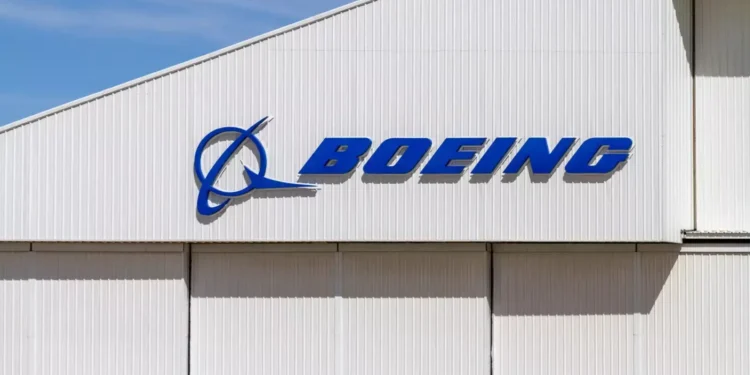Boeing’s long-standing position as the most-delivered commercial aircraft manufacturer could soon end as Airbus’ A320 series approaches the delivery record held by the 737, reflecting broader challenges facing the Seattle-area aerospace giant.
With only 20 units separating Airbus from Boeing’s historic delivery record as of early August, the gap could close by September according to industry analysts. The potential shift represents more than symbolic significance, highlighting how production constraints and safety concerns have affected Boeing’s market position.
Boeing recently secured its largest monthly aircraft order since 2023 when Qatar Airways committed to purchasing 160 aircraft valued at $200 billion in May. The order included 130 787 Dreamliners, 30 777-9s, and options for additional aircraft, providing a significant boost to Boeing’s order book despite ongoing production challenges.
However, the company continues operating under Federal Aviation Administration production limits imposed after a door panel blew out of an Alaska Airlines 737 MAX 9 earlier this year. The FAA restrictions require Boeing to prioritize quality and safety improvements over production volume, constraining the company’s ability to quickly increase deliveries.
Boeing CEO Kelly Ortberg expressed confidence about gradually increasing 737 MAX production from the current 38 aircraft per month to 42 within the coming months, with plans to reach 47 per month by early next year. The cautious approach reflects lessons learned from previous production issues that led to safety concerns and regulatory scrutiny.
“We’re pretty confident in our ability to move from 38 to 42,” Ortberg said at the Bernstein Strategic Decisions Conference in May, noting that subsequent rate increases would typically occur in five-per-month increments. He reported that production defects have decreased by 30% and customers are receiving higher quality aircraft at delivery.
The production constraints have financial implications for Boeing, which spent $2.3 billion in cash during the first quarter while working to address quality issues and satisfy regulatory requirements. These cash flow challenges contrast with Airbus’ stronger financial position, which provides more resources for research and development of new technologies.
Airbus’ improved financial stability has enabled exploration of innovative designs including open-rotor engines that could significantly reduce fuel consumption, potentially giving the European manufacturer competitive advantages in future aircraft development. This technological investment capability highlights how current production issues could affect Boeing’s long-term market position beyond immediate delivery records.
For Boeing’s extensive workforce in the Puget Sound region, the delivery record challenge represents broader concerns about the company’s competitive position and future growth prospects. The aerospace giant employs tens of thousands of workers in Washington state, making its market performance crucial for the local economy.
The potential record shift also reflects changing dynamics in the global aviation market, where airlines increasingly prioritize fuel efficiency and reliability over other factors. Airbus has positioned itself to capitalize on these priorities while Boeing addresses quality and safety issues that have constrained its production capacity.
Boeing’s recent Qatar Airways order demonstrates continued confidence from major airlines in the company’s aircraft programs, particularly the 787 Dreamliner and upcoming 777X models. However, the delivery record challenge illustrates how regulatory constraints and production issues can affect market leadership even when demand remains strong.
The aerospace industry closely watches delivery records as indicators of market strength and customer confidence. For Boeing, maintaining its historic position requires balancing production increases with the quality improvements demanded by regulators and customers following recent safety incidents.
As both manufacturers work to meet growing airline demand for new aircraft, the delivery record competition reflects broader questions about sustainable production growth and the industry’s ability to maintain safety standards while scaling operations to serve recovering global air travel markets.







